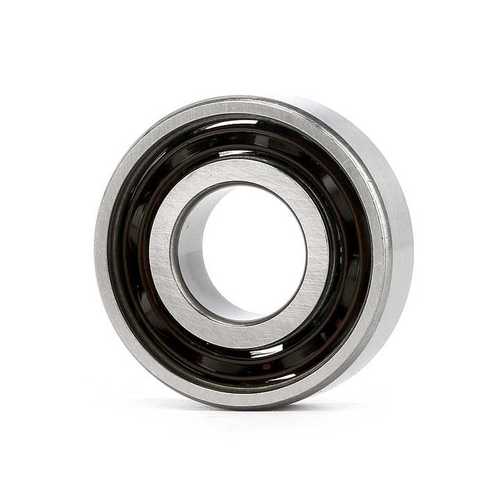Hybrid Ceramic Ball Bearings Suppliers: Global Sourcing Guide 2024
Hybrid ceramic ball bearings have become critical components in modern manufacturing, offering 40% less friction than traditional steel bearings according to ASME research. This guide equips global buyers with technical insights and verified supplier evaluation methods.
Technical Specifications & International Standards
Hybrid bearings combine ceramic balls (Si3N4) with steel races, meeting:
- ISO 14728-1:2018 (Linear motion bearings)
- ABEC 5-7 tolerance grades
- DIN 625-1:2016 (Radial bearings)
Performance Comparison
| Metric | Hybrid Ceramic | Full Steel |
|---|---|---|
| Friction Coefficient | 0.001 | 0.0015 |
| Max Speed (RPM) | 500,000 | 300,000 |
Cost-Efficiency Analysis

Key advantages:
- 30% longer lifespan in high-temperature environments
- 60% reduction in lubrication requirements
Market Insights
The global market will reach $2.8B by 2027 (Statista), driven by:
- Automotive electrification
- Medical equipment demand
Supplier Checklist
Verify suppliers with:
- ISO 9001:2015 certification
- On-site material testing reports
Case Study: German Automotive Manufacturer
Challenge: Bearing failures at 150°C operation
Solution: Custom hybrid bearings with ZrO2 coating
Result: 18-month zero-maintenance operation
FAQ
Price Negotiation Tips
Request volume-tier pricing for orders >500 units
MOQ Requirements
Standard MOQ: 100 units (custom designs may vary)
Customization Options
Available for cage materials & sealing solutions
Logistics Support
FOB/CIF terms with customs documentation
Quality Assurance
Third-party inspection available (SGS/BV)
Payment Security
Escrow services & LC arrangements
CTA: Download our Bearing Specification Checklist for supplier evaluations.




 13869596835
13869596835